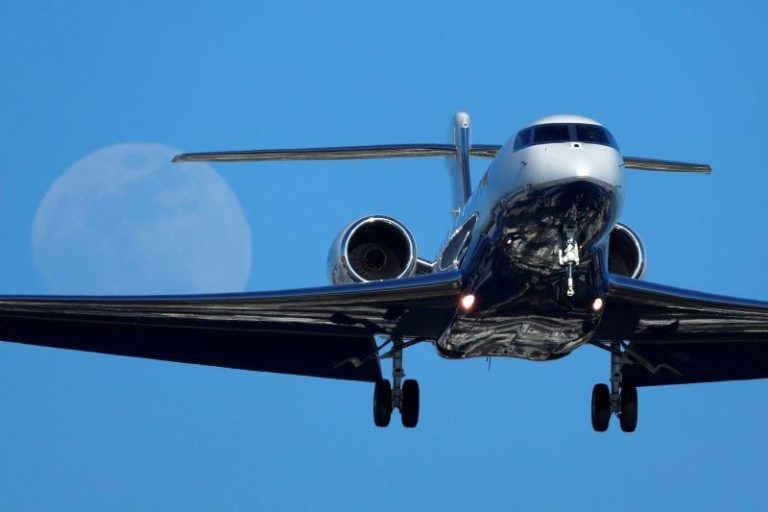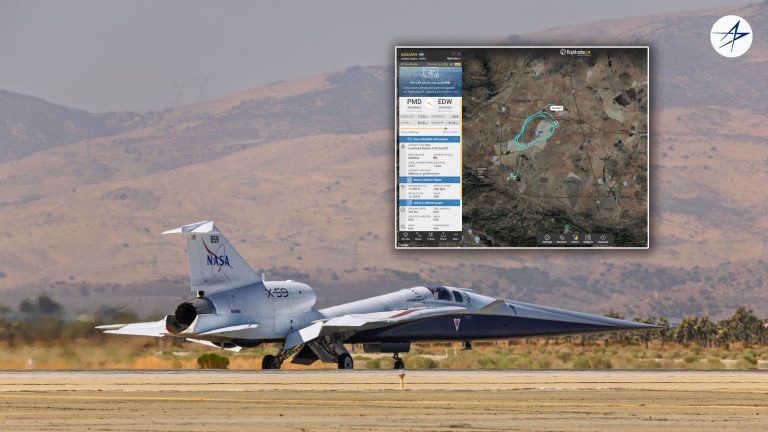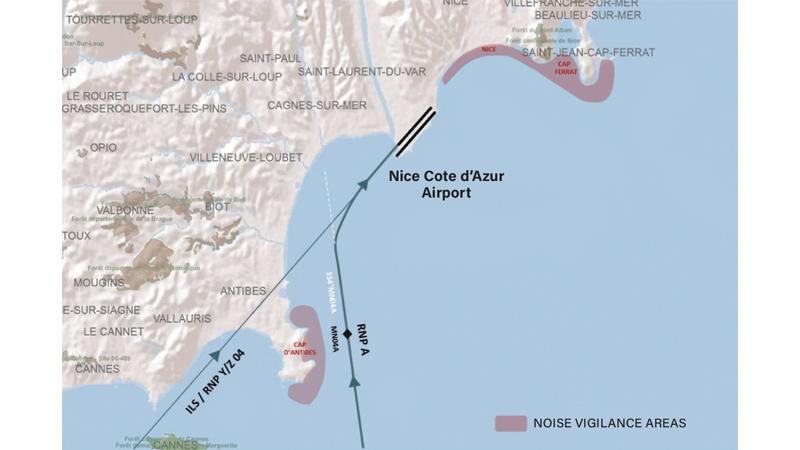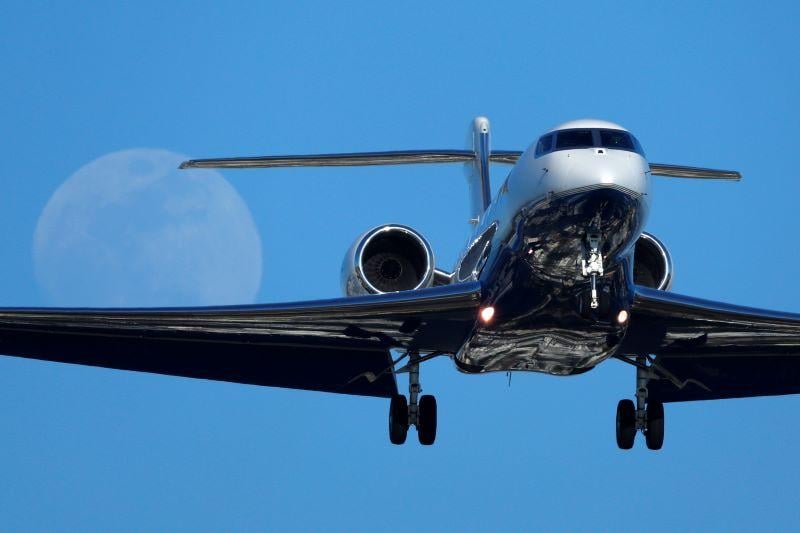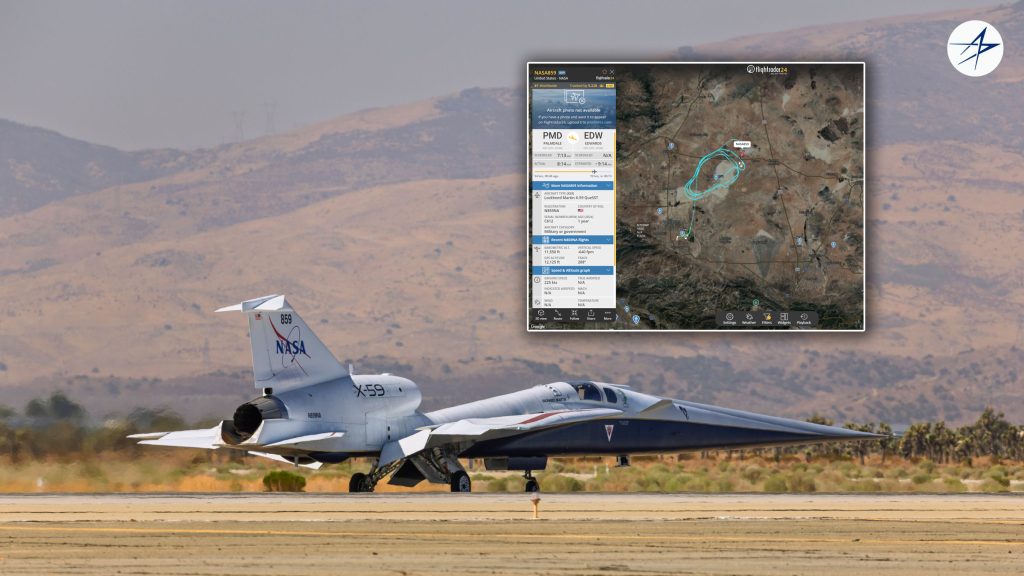TORONTO—The world’s airports have surpassed pre-pandemic passenger traffic, but global airport revenue remains behind 2019 totals and current infrastructure is inadequate to keep pace with expected growth, according to Airports Council International (ACI) World Director General Justin Erbacci.
Delivering the state of airports address at the ACI World General Assembly here in Toronto, Erbacci said strong passenger numbers—expected to reach 9.8 billion in 2025—that are holding up amid political and economic “volatility and uncertainty” support projections of significant growth. ACI predicts annual traffic to nearly double from 2025 levels to 18.9 billion passengers in 2047.
“This is conservative,” Erbacci said Oct. 27 of the forecast. “Strong growth, especially in emerging markets, is driven by a rising middle class and increasing demand for air travel. So the trajectory is clear: growth. The question is, can we keep pace with this demand and with this growth? … Airports are going to need to find innovative ways to enhance the capacity of their existing infrastructure.”
He emphasized that high passenger numbers obscure lagging revenue. The world’s airports in 2024 generated 3% less aeronautical revenue and 8% less non-aeronautical revenue than in 2019.
“On the one side, we see really strong growth and resilience with the number of people flying,” Erbacci said. “And we have to recognize that this is happening despite two global conflicts, issues with aircraft deliveries being behind and huge amounts of human resources shortages.”
Nevertheless, ACI sees “stable economic indicators, level fuel prices and steady, although volatile, consumer confidence. We see in fact that our planes and our airports are full. On the other side, we’re worried because we have global trade wars going on and we don’t know how that is going to impact. [Trade wars] bring along recession fears, and all of this brings us a very high level of uncertainty, which makes us all uneasy and wondering, when is this all going to burst?”
Erbacci said subpar revenue is a serious problem for airports. “This is important because weakened financial health of airports create significant challenges to remaining financially viable, and it limits airports’ ability to raise funds that are really necessary, not only to improve operations and the passenger experience today, but also the money needed to modernize the facilities or to develop new facilities.”
Erbacci said airports globally need $2.4 trillion in capital investment through 2040. “Our current infrastructure globally is not enough to meet [expected traffic growth], so we’re going to have to develop new and sustainable capacity to meet the growth,” he said. “We also need to make sure, alluding to the [lagging] revenue, that we’re ensuring the economic viability of airports. This is very critical, and it’s something that’s constantly under pressure. It’s fundamental to us being able to meet this demand.”
The head of ACI called on national and state governments to “help us [build] capacity so we can meet this demand, which ultimately enables the economic development of all those regions.”
He said governments should be “lifting fiscal and regulatory barriers to unlock connectivity and affordability [for passengers] and ensure airports have reliable access to renewable energy to meet these sustainability objectives.” Erbacci added that harmonizing airport security equipment approvals across countries would enable a “seamless digital experience for passengers.”




